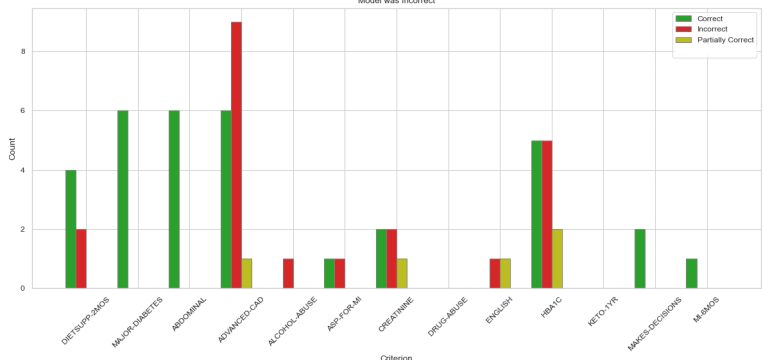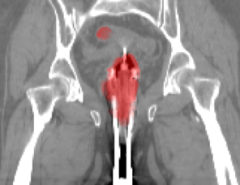Authors: Michael Wornow, Alejandro Lozano, Dev Dash, Jenelle Jindal, Kenneth W. Mahaffey, Nigam H. Shah
Published on: February 05, 2024
Impact Score: 8.38
Arxiv code: Arxiv:2402.05125
Summary
- What is new: Application of Large Language Models (LLMs) for matching patients to clinical trials using unstructured clinical text, achieving state-of-the-art results and demonstrating significant improvements in speed and cost efficiency.
- Why this is important: The challenge of matching patients to clinical trials efficiently due to the manual and time-consuming process of interpreting unstructured clinical texts.
- What the research proposes: A zero-shot LLM-based system that interprets patients’ medical history and trial inclusion criteria from unstructured text to match patients to clinical trials quickly and accurately.
- Results: The system not only achieved state-of-the-art performance but also reduced processing time and costs significantly, while retaining high performance and providing interpretable justifications for its decision-making.
Technical Details
Technological frameworks used: Zero-shot learning with Large Language Models
Models used: LLM-based system
Data used: n2c2 2018 cohort selection benchmark
Potential Impact
Pharmaceutical companies, clinical research organizations, and healthcare providers could benefit from adopting this technology by streamlining the patient matching process for clinical trials, thus accelerating drug development timelines and reducing costs.
Want to implement this idea in a business?
We have generated a startup concept here: TrialMatch AI.



Leave a Reply